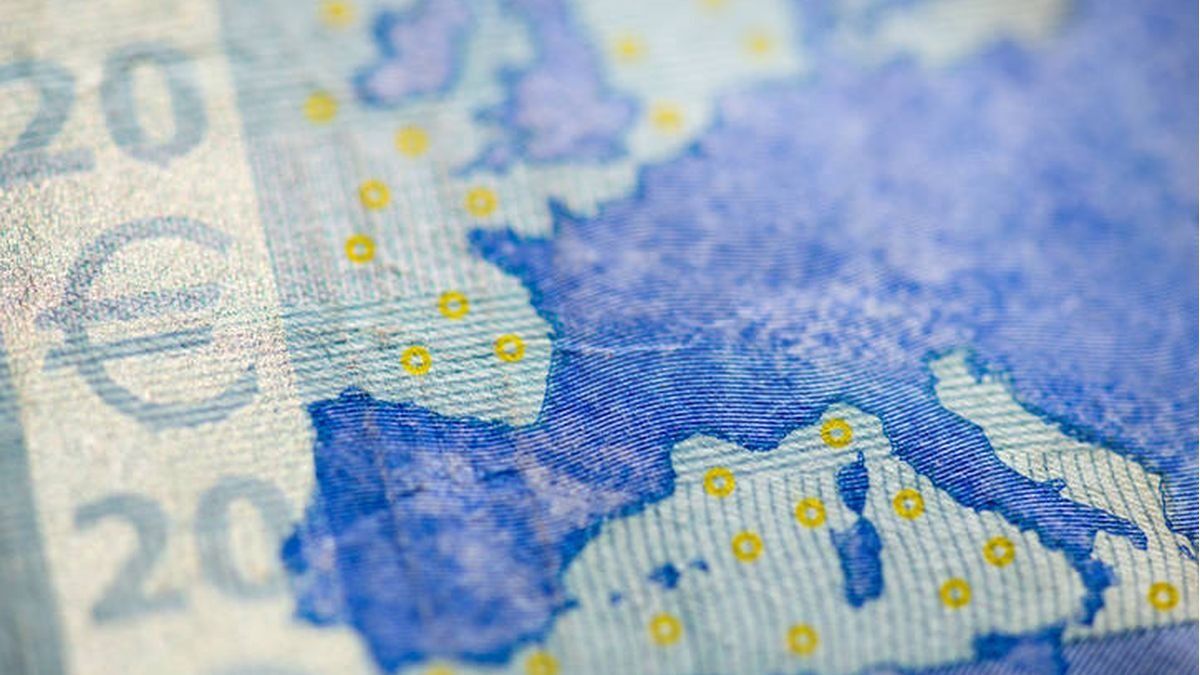The inflation of Euro zone falls in November to 2.4%, compared to 2.9% in October, which represents its lowest level since July 2021, according to preliminary data from Eurostat, the statistical office of the European Union (EU).
In this way, the price evolution is getting closer to the objective of the European Central Bank (ECB), whose desire is for inflation to be at 2%.
By components, the Food, alcohol and tobacco register the highest annual rate in November (6.9%, compared to 7.4% in October), ahead of services (4%, compared to 4.6% in October), non-energy industrial goods (2.9%, compared to 3.5% in October) and energy (-11.5%, compared to -11.2% in October).
Inflation in Europe: which countries had the highest rate
By country, the higher rises of the Consumer Price Index (CPI) took place in Slovakia (6.9%), Croatia (5.5%) and Austria (4.9%). On the contrary, the lower rates correspond to Italy (0.7%) and Finland (0.8%), while Belgium recorded a reading of -0.7%.
The rate of core inflationthat is, excluding the impact of energy, food, alcohol and tobacco from the calculation, relaxes in November at 3.6% from 4.2% the previous month.
The signals that the market sees for the ECB
“We expected inflation to fall significantly in the final months of the year, but the disinflation process is happening even faster than we expected, particularly in the case of core inflation, where expectations were that price pressures would remain more persistent,” ING analysts point out.
They consider that, for the ECB, signs of a imminent victory on inflation. “The central bank is concerned about factors such as wage growth and possible spikes in the energy market that could cause inflation to rise again. But the current monetary policy is sufficiently restrictive.” Therefore, they believe that “the market is right to start considering rate cuts for 2024. “We believe the first one could occur before the summer.”
For Pantheon Macroeconomics, the data points to a accelerated disinflation. “The slowdown is particularly impressive in non-energy goods. At this rate, non-energy inflation will fall to around 1% in February, where it will remain until September.” For its part, in services, “the fall in November also seems impressive.” “We still think that services inflation is now falling gently towards 2%, but it is doing so slowly. Many of the key components still appear sticky“, they point out.
BCE 0703.jpg
The core inflation rate eased in November to 3.6%.
Meanwhile, DWS comments that, “even if we expect a jump above the 3% mark in December due to base effects, today’s figures will probably have been greeted with relief by the ECB.” They think that “It’s too early to declare victory over inflation. Wage increases are still too strong. However, inflation rates could return to the ECB’s 2% target in 2024, at least temporarily.”
“We hope that the ECB will recognize more clearly that it has reached the terminal rate when it publishes its updated December forecasts, while maintaining a cautious rhetoric about the start of the easing cycle“, they say in Oxford Economics. “Given that the inflation figures and energy price futures so far are clearly below the ECB’s expectations, we expect the ECB to adjust its forecasts accordingly at the next meeting of December,” they add.
Source: Ambito




